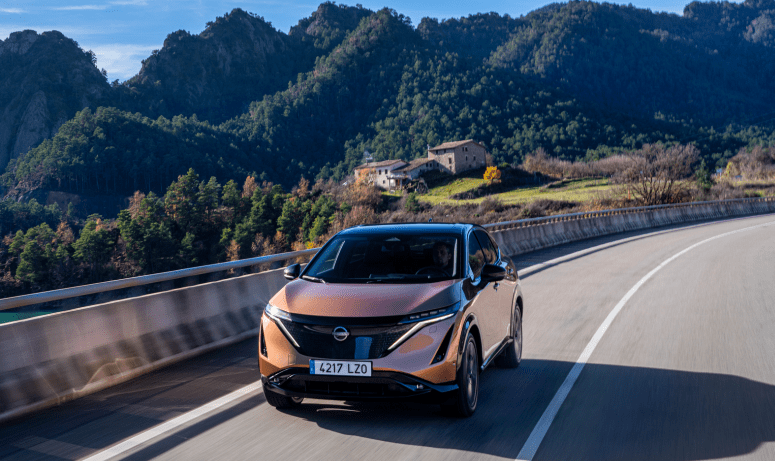Nissan reported that it uses renewable energy in automotive production plants in the United Kingdom, China, Mexico, India and Egypt.
In general, the company adopts three approaches to promote the adoption and integration of renewable energy according to the characteristics of the region:
- Generate your own energy at the company’s facilities.
- Supply of energy with a higher proportion of renewables.
- Leasing of land, facilities and other assets to electricity companies.
As an example of the former approach, its Sunderland, UK plant introduced 10 wind turbines supplying up to 6.6 MW of power.
In 2016, the plant installed 4.75 MW of solar energy and, in 2021, an additional installation of 20 MW of capacity is planned.

For its part, in its lwaki plant, the guest room for plant visitors is powered by solar energy.
By storing surplus electricity in second-hand Nissan LEAF batteries, the plant stabilizes the power supply and uses resources more efficiently.
At the Huadu plant of Dongfeng Nissan Passenger Vehicle (DFL-PV) in China, solar panels with a total capacity of 30 MW have been in operation since 2017, providing approximately 8% of the electricity used at the plant.
Nissan
Regarding the second approach, its first Plant in Aguascalientes, Mexico, actively uses energy generated from biomass gas and wind energy and has achieved a renewable energy use rate of 50% since 2013.
Since June 2020, Nissan has further expanded the renewable energy use rate to reach 70 percent.
Solar power generators were also installed on the roof of a parking structure at the India plant in October 2020 and on the roof of a warehouse at the Egypt plant in March 2021, both of which have started operating.
Through these efforts, the company has improved the rate of use of renewable energy in its production plants as part of reducing CO2 emissions.
In fiscal 2020, its renewable energy use rate reached 10.5 percent.
![]()

